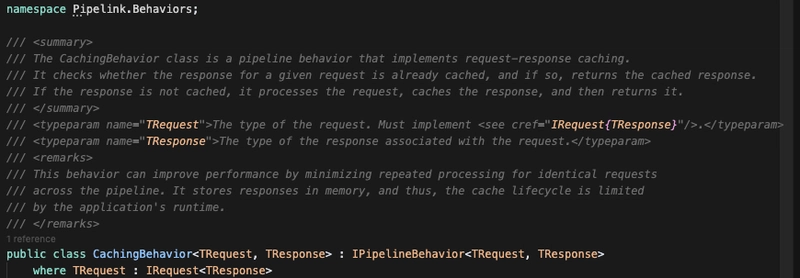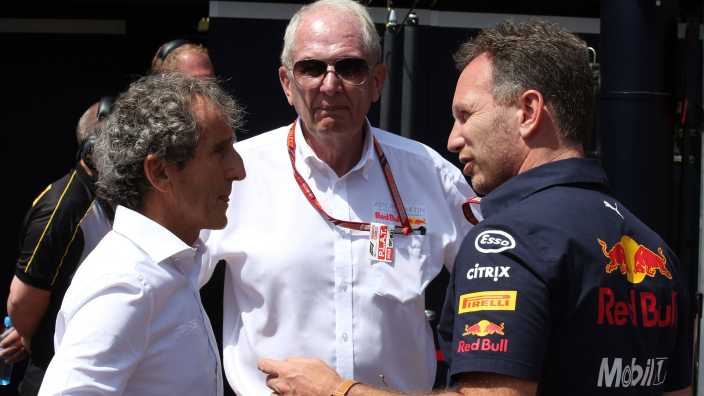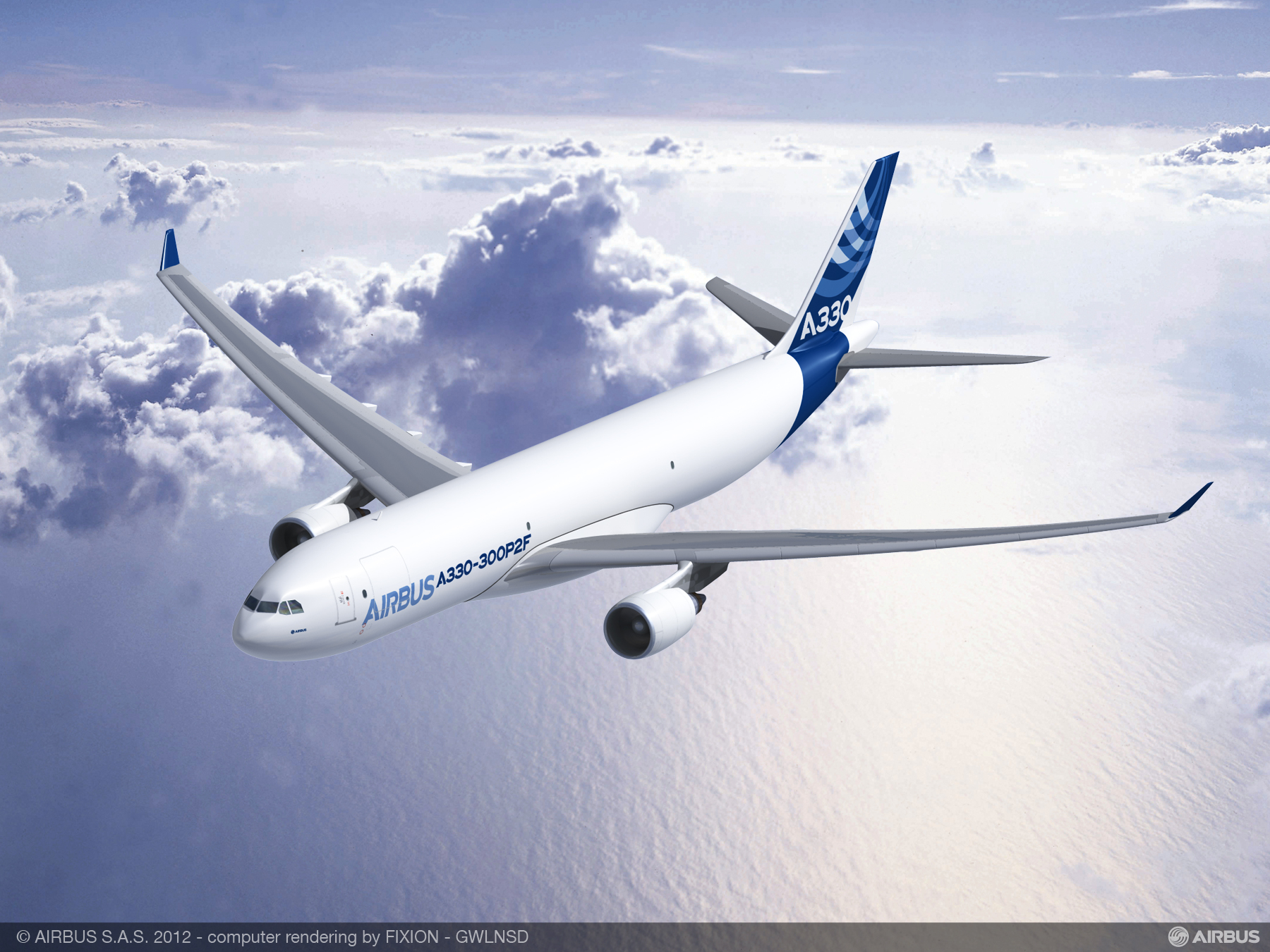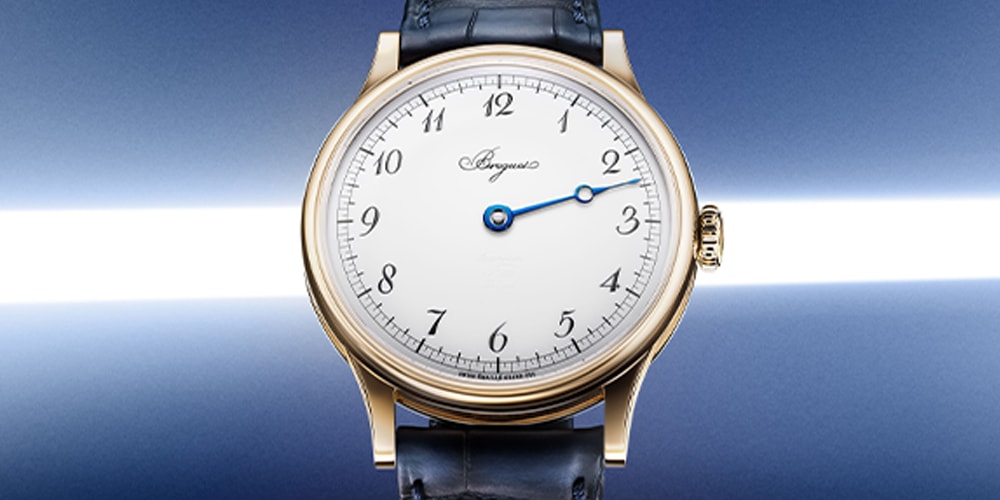Should You Do Cardio Before or After Weights? Here’s What Trainers Recommend
While there's no hard and fast rule, experts state one is (usually) better than the other.
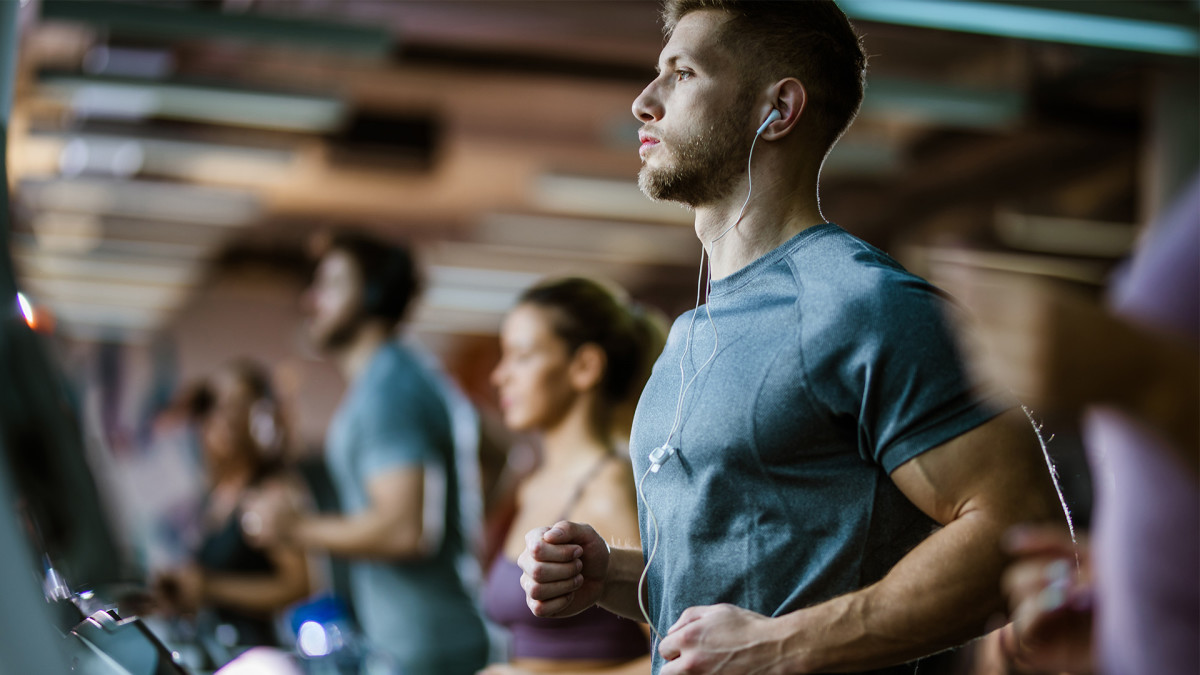
If you want to build a healthy, strong, and functional body, your best bet is to create a well-rounded workout routine. As you can likely guess, that means regularly performing both cardio and weight lifting. Of course, some of us prefer pumping iron to pounding pavement and vice versa, and the temptation might be to tack on whatever is least desirable to the end of your workout.
But knowing whether you should do cardio before or after weights is crucial for success, especially if you have a specific goal like building muscle, increasing your endurance, or shedding body fat.
"Cardio has a place—but its timing, intensity, and purpose should support your primary training goal, not compete with it," says Alex McBrairty, a fitness coach and founder of A-Team Fitness.
Below, we break down whether it is better to do cardio before or after weights, how to best structure your workouts, and how to prioritize your training based on your goals.
Should I Do Cardio Before or After Weights?
If you're heading to the gym and asking yourself, "Should I do cardio before or after weights?" it's worth considering whether you really need to do both in the same session. If you have specific fitness goals, separating your cardio sessions from your lifting days is the way to go.
If Your Goal Is to Build Muscle or Strength
Certified Personal Trainer and Fit Responder Coach Tanner Starnes explains, "If your goal is building and holding on to as much muscle as possible, cardio should be done separate from your weight training—preferably hours apart or on a different day."
Why? Because the entire purpose of lifting weights is to stimulate your muscles to grow and get stronger, which happens during recovery.
"Post-weight training recovery is where the real growth happens, and throwing in cardio right after can blunt the recovery process by increasing cortisol levels and reducing muscle protein synthesis," shares Starnes.
Similarly, if your goal is ultimately to gain strength, long and/or intense aerobic training after lifting weights is likely not optimal, according to Richard Normand, PhD candidate, physiologist, and occupational fitness consultant.
If Your Goal is Endurance
If your goal is to build endurance and stamina, Normand says the length and intensity of your aerobic session and your current fitness level are the most crucial factors.
"In this scenario, I would keep the resistance training for after general aerobic training (fuel and hydrate if the sessions are long enough) and keep the higher intensity aerobic sessions separated," recommends Normand.
If Your Goal is General Health and Longevity
Now, if you’re chasing longevity, general health, or you’re just busy and can’t split sessions, some cardio is better than none, says Starnes.
"Just keep it low to moderate intensity post-weights—think incline walks or cycling—not HIIT, because high intensity cardio post-lifting can run you into the ground, especially if done consistently."
Related: The One Move That Serious Lifters Swear By for Bigger Shoulders and Advanced Pressing Power
Benefits of Lifting Weights Before Cardio
Lifting weights before doing cardio means you'll be fresh and primed for training rather than wiped before you even begin. If you're planning on trying for a PR or you're doing a high-volume training session, starting as fresh as possible is crucial not just for performance but also for safety.
"Strength and power output take a hit when you do cardio first, especially moderate to high-intensity endurance work," says McBrairty. This is called the interference effect, and it shows up most when you do cardio before weights.
If weight loss is your goal, McBrairty recommends moderate-intensity cardio after lifting or on off days to help increase caloric burn, but stresses that nutrition is the most important factor.
However, saving cardio for after an intense weight lifting session isn't ideal either, since it will interfere with your recovery. If you're going to do it, be sure it's low intensity.
Benefits of Lifting Weights After Cardio
The main benefit of lifting weights after your cardio instead of before is that your body can go straight into recovery mode once you leave the gym. You won't be adding more fatigue or depleting more glycogen, which is key for the repair process.
Resting after you lift lets your body enter a parasympathetic (rest and digest) state so it can send nutrient-rich blood to the just-trained muscles. For this to happen, nutrients in your GI tract must be transported to your muscles, which only happens efficiently when you're in this restful state.
Another benefit of doing cardio first is that it can serve as a warm-up for your weight training. "Cardiovascular exercise warms up the body—muscles perform better when they are warmer," explains Normand, adding that cardiovascular exercise helps vasodilate blood vessels. This means blood flow will increase, bringing nutrient and oxygen rich blood to your muscles. Just stick to a lower-intensity exercise like incline walking or low-effort cycling so you don't exhaust yourself.
According to Starnes, you should only do serious cardio before lifting if your main focus is endurance. "Otherwise, you’ll be zapped for energy before you ever touch a barbell, which defeats the point if muscle is the goal," he says.
Related: Nike Master Trainer Reveals How to Do Cardio Without Losing Muscle
Optimizing Your Training Sessions
Best-case scenario? Strength train with intention, and plug in 20-30 minutes of zone 2 cardio 4 to 5 times a week in a separate window—morning cardio, evening lifts, or vice versa, says Starnes. "That keeps muscle intact while still improving heart health, recovery, and work capacity."
If you have to do both on the same day, ideally, split your weight training and cardio sessions apart by several hours. If you can't do that, then do your cardio before you hit the weights, sticking to low-intensity and using it as a warm-up.
If you are hell-bent on doing cardio after weights, there are a few ways you can limit negative effects:
- Keep it low intensity, such as an easy walk
- Limit duration to 30 minutes or less
- Avoid cardio that uses the same muscles that were just weight-trained (e.g., running after leg day)
- Consume post-workout nutrition (protein/carbs) before or during post-workout cardio to promote recovery















